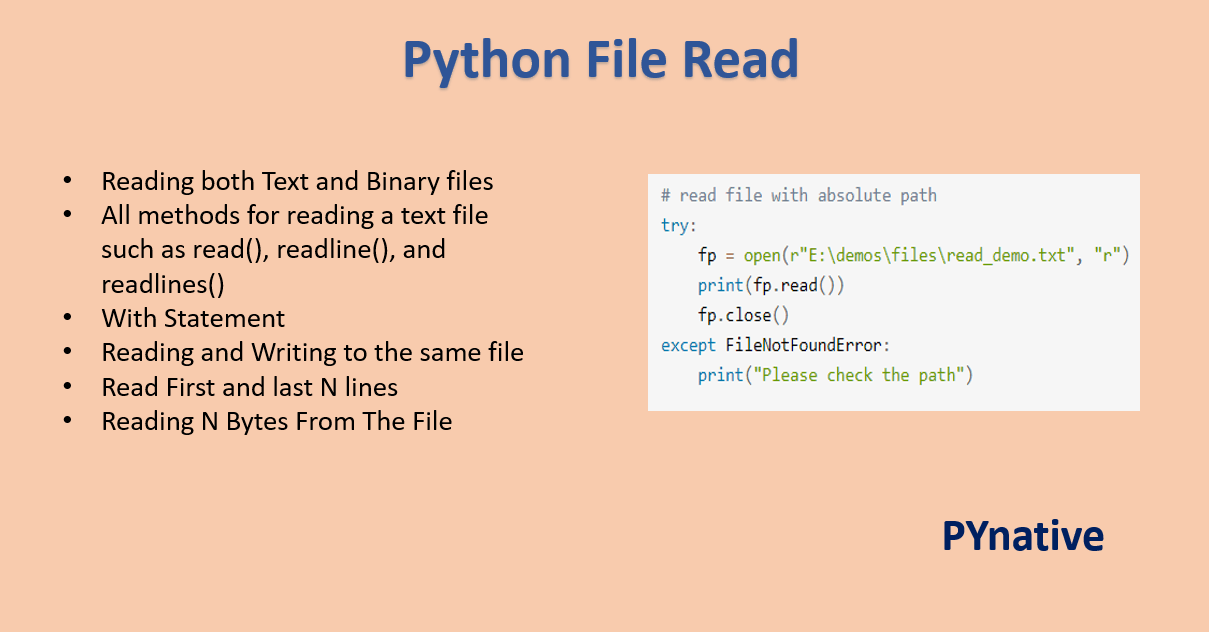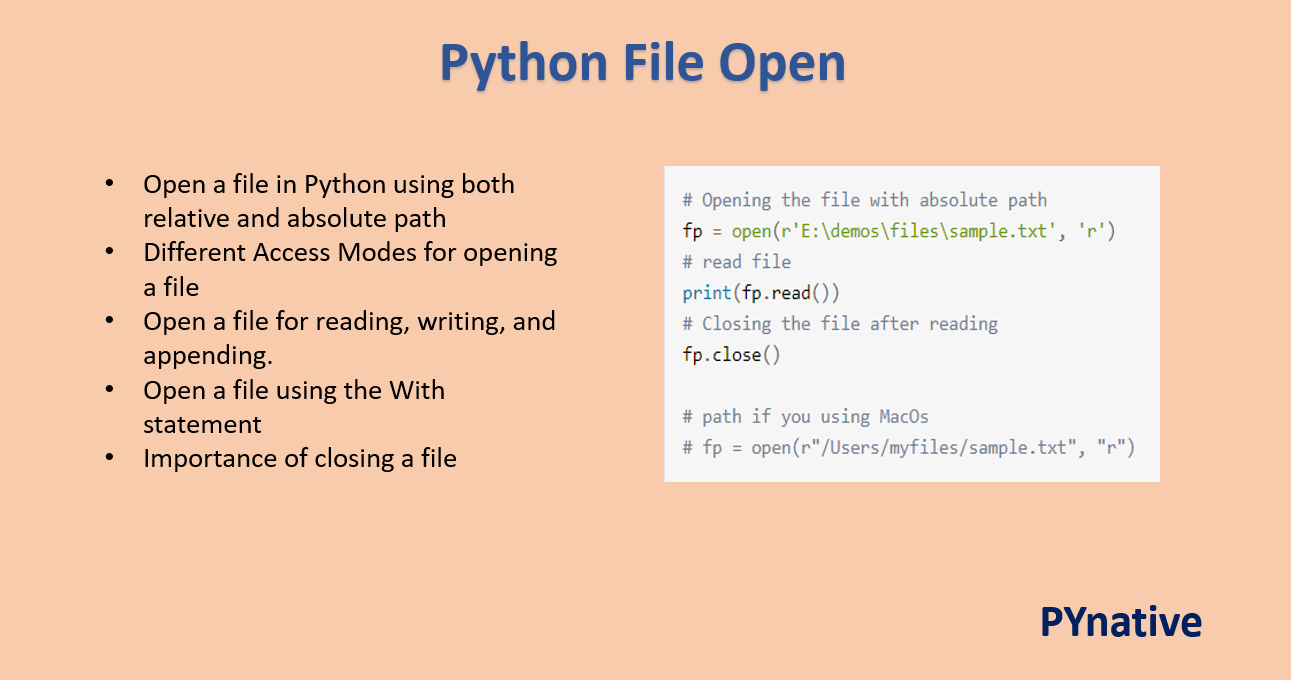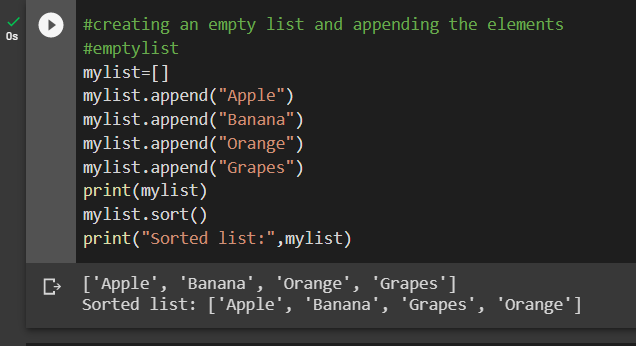Can you do concurrent programming in Python?
Can you do concurrent programming in Python?
Yes, Python does support concurrent programming through various means and libraries. Here are a few approaches:
Threading Module: Thethreading module allows you to create multiple threads that can run concurrently. Python's Global Interpreter Lock (GIL) prevents true parallelism, but it can still speed up CPU-bound operations.
Example:
import threading
def worker():
for i in range(10):
print(f"Thread {i}")
threads = []
for i in range(4):
thread = threading.Thread(target=worker)
threads.append(thread)
thread.start()
for thread in threads:
thread.join()
multiprocessing module provides a way to run multiple processes concurrently, which can take advantage of multiple CPU cores.
Example:
import multiprocessing
def worker():
for i in range(10):
print(f"Process {i}")
processes = []
for i in range(4):
process = multiprocessing.Process(target=worker)
processes.append(process)
process.start()
for process in processes:
process.join()
asyncio library provides support for writing single-threaded concurrent code using coroutines, multiplexing I/O access over sockets and other resources, and implementing network clients and servers.
Example:
import asyncio
async def main():
print("Starting")
await asyncio.sleep(1) # Simulate some work
print("Done")
loop = asyncio.get_event_loop()
loop.run_until_complete(main())
concurrent.futures library provides a high-level interface for asynchronously executing callables.
Example:
import concurrent.futures
def worker(x):
return x * 2
with concurrent.futures.ProcessPoolExecutor() as executor:
futures = [executor.submit(worker, i) for i in range(4)]
results = [f.result() for f in futures]
print(results)
joblib library is a Python library that provides lightweight utility functions to help with parallelism and concurrency.
Example:
from joblib import Parallel, delayed
def worker(x):
return x * 2
results = Parallel(n_jobs=4)(delayed(worker)(i) for i in range(4))
print(results)
In summary, Python provides various ways to perform concurrent programming, including threading, multiprocessing, asyncio, concurrent.futures, and joblib. Each approach has its own strengths and limitations, and the choice of which one to use depends on the specific requirements of your project.
Python concurrent futures

Here's an overview of Python concurrent futures:
Python provides a convenient way to handle concurrency using the concurrent.futures module, which was introduced in Python 3.2. This module allows you to easily parallelize and execute asynchronous tasks.
What is concurrent.futures?
The concurrent.futures module is a high-level interface for asynchronously executing callables. It provides a way to schedule the execution of multiple tasks concurrently and collect their results.
When should I use concurrent.futures?
You should consider using concurrent.futures in situations where you have:
concurrent.futures can help you execute them concurrently. I/O-bound operations: If your tasks involve I/O operations (e.g., reading or writing files, making network requests), concurrent.futures can help you utilize the system's resources more effectively by executing multiple tasks at once. CPU-bound operations: If your tasks are CPU-bound and you want to take advantage of multi-core processors, concurrent.futures can help you parallelize your code.
How does concurrent.futures work?
The concurrent.futures module provides two main classes:
ThreadPoolExecutor, but it uses processes instead of threads.
To use concurrent.futures, you create an instance of one of these classes and then submit tasks (functions) for execution using its submit() method. The tasks will be executed asynchronously, and the results can be collected using the result() or done() methods.
Here's a simple example:
import concurrent.futures
import time
def task(x):
print(f"Task {x} started")
time.sleep(2)
print(f"Task {x} finished")
with concurrent.futures.ThreadPoolExecutor(max_workers=3) as executor:
for i in range(5):
executor.submit(task, i)
print("Main thread finished")
In this example, we create a ThreadPoolExecutor with 3 worker threads and submit 5 tasks (functions) to be executed concurrently. The tasks print a message indicating when they start and finish.
Benefits of using concurrent.futures
Using concurrent.futures can bring several benefits:
concurrent.futures provides a high-level interface that simplifies the process of managing concurrency in your code. Easy debugging: With concurrent.futures, you can easily debug your concurrent code by printing log messages or using logging libraries.
Overall, concurrent.futures is a powerful and convenient way to handle concurrency in Python, making it easier for developers to write efficient and scalable programs.





























